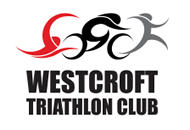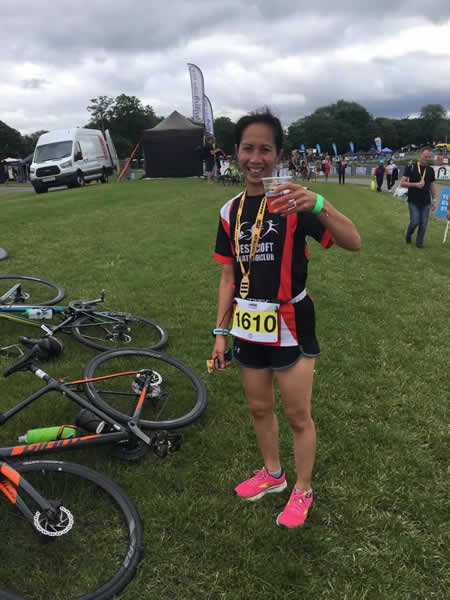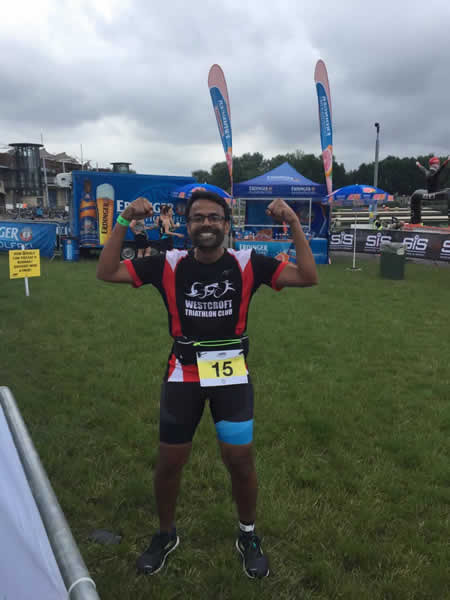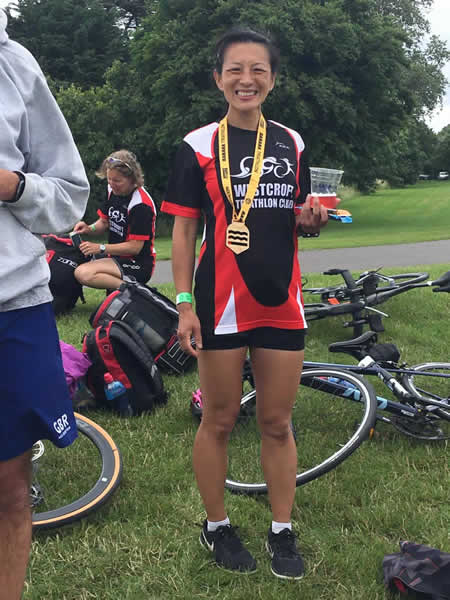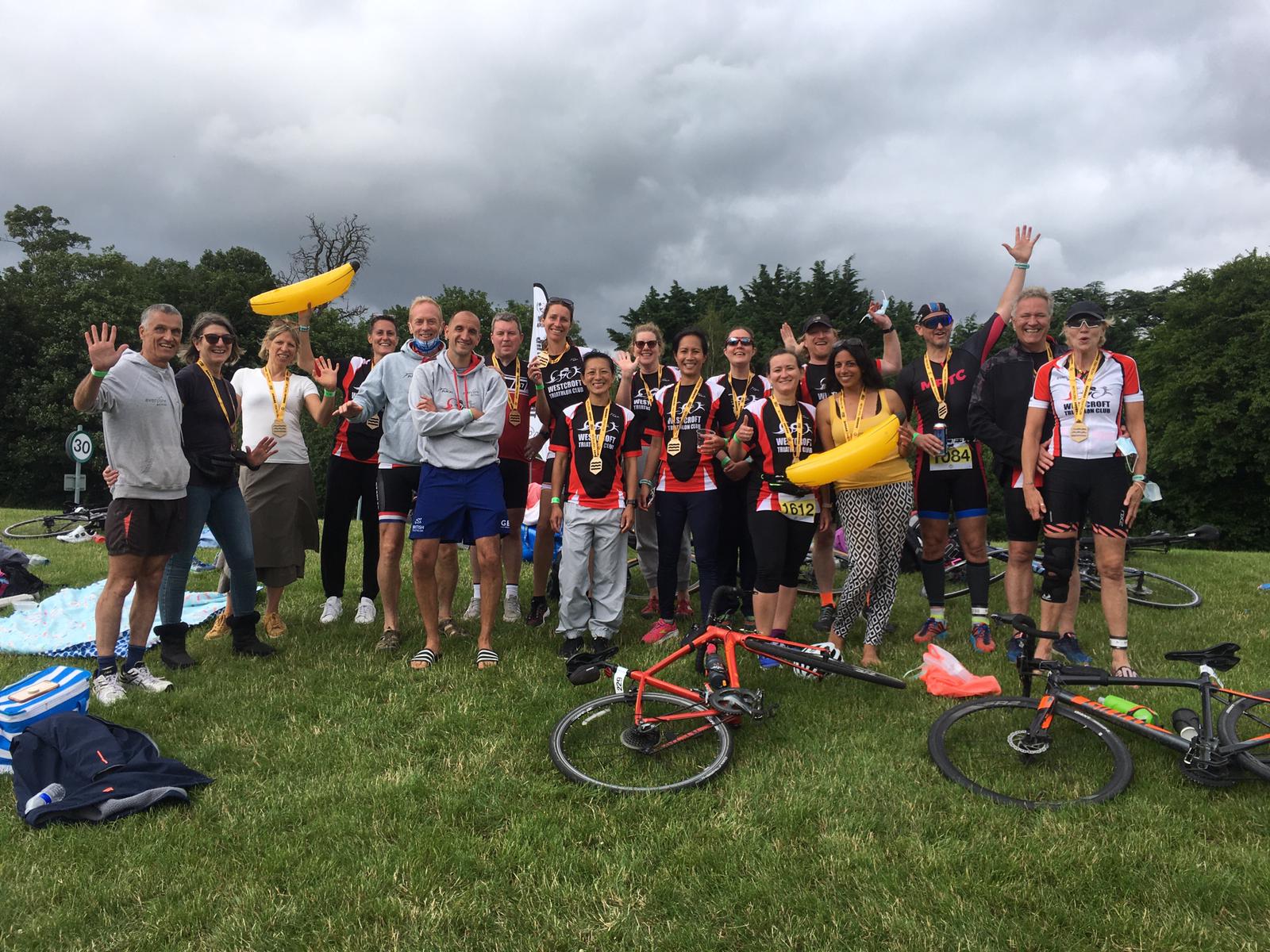
By Maria Gabriels
My personal experience when I joined Westcroft Triathlon Club as a black woman was that I did not know anything about triathlons! I only knew that I loved running, cycling and needed some help getting my swimming up to scratch. I joined the club because I wanted to get fit again, after having my second child and I was yearning to be part of a club or something that would help me in improving my health and fitness goals.
What I found in the Westcroft Triathlon club was a mix of white men and women, trying to achieve the same thing. Although I was the only non-white then, everyone made me feel very welcomed and I felt that I found what I needed. Along the way, what I encountered was a very helpful team, an amazing fellowship, and loyal friendships.
Triathlon has historically been a sport of primarily white, middle-aged men with ethnic and the male-female ratio remaining consistent at a 70-30 split. But this is starting to change with events, clubs, and brands stepping up their game in recruiting women, people of colour, and people with disabilities to make triathlon more diverse. We are proud to say that we have a 50/50 male – female split at Westcroft Tri Club.
There is however more to do, as discrimination in triathlon can come in a number of forms. Sometimes it’s subtle, like not being able to find a swim cap that’s large enough to contain dreadlocks or braids, or assuming all members of a triathlon club have the same social and financial resources to attend a training camp or destination race. Other times, identity threat is overt, like making stereotyped comments such as “Asian people aren’t very athletic” or assuming a lesbian athlete must be checking out other women in a locker room or changing tent. All of these can reinforce the idea of who belongs—and who doesn’t.
Many people would say that they are not racists or don’t see colour but consider this for a minute:
- Saying you don’t see colour, or that race is unimportant to you, can be viewed as accepting the racist status quo and erases the lived experiences of BAME triathletes
- Saying you’re “not racist” suggests that racial problems are rooted in groups of people, rather than power and policies, and this allows racial inequities to continue
In order for clubs to embrace a broader society into the triathlon world, British Triathlon has made a commitment to ensure triathlon is accessible and attractive to the widest audience and to ensure that all present and potential participants, members, coaches, competitors, officials, volunteers, spectators and employees are treated fairly, are able to fulfil their potential within the sport, irrespective of sex, age, disability, race, religion or belief, sexual orientation, pregnancy and maternity, marriage and civil partnership, gender reassignment or social status.
As part of this commitment, I attended a workshop on diversity and inclusion presented by Emerick Kaittel, the chair of Diversity and Inclusion, from London Regional British Triathlon Committee. The objective of the presentation was to understand what we need as a club to show our commitment to diversity and inclusion and for this information to be fed back to the British Triathlon Federation.
The presentation most importantly demonstrated that diversity efforts will only work if the conversation leads to action. This is where inclusion and equity work should be prioritized. Those in the majority group often see diversity as a surface-level effort—something to be done to hit a certain percentage of a certain demographic. But hitting those numbers isn’t a sign of complete success. In fact, having more diverse demographics and less inclusive practices can exacerbate already existing problems, making a bad situation worse.
I welcome the focus on diversity and inclusion and am pleased to have been asked to spearhead Westcroft Tri Club’s commitment to this initiative, even more so, as I walk in these shoes daily. Our diversity and inclusion focus will look to ensure that we have a clear, honest, and transparent view of what it’s like for people of all backgrounds to experience the sport—as in what’s easy and what’s hard. As well showing that we welcome people from different backgrounds, ethnicities, genders, abilities, and create a triathlon community where every athlete is not only welcomed – but also belongs.
